Introduction
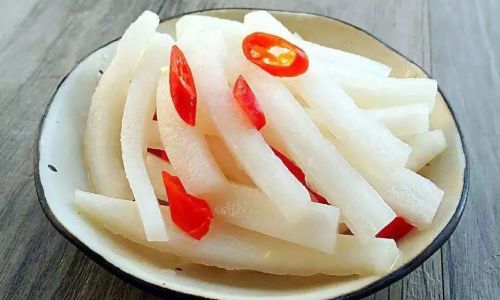
Pickling vegetables is a time-honored tradition that transcends cultural boundaries, offering a delightful way to preserve the bounty of the harvest while infusing it with layers of flavor. Among the myriad of pickled delights, daikon radish strips stand out for their crisp texture and refreshing tanginess. Daikon, also known as white radish or mooli, is a long, cylindrical root vegetable with a mild, slightly sweet flavor and a crisp texture that makes it ideal for pickling. This guide delves into the art of pickling daikon radish strips, from selecting the perfect daikon to crafting a balanced brine, ensuring that every bite is a burst of flavor and texture.
Selecting the Perfect Daikon Radish
The first step in creating exceptional pickled daikon radish strips is selecting high-quality daikon. Look for firm, smooth radishes with a fresh, vibrant appearance. Avoid those with soft spots, cracks, or discoloration, as these indicators suggest that the radish may be past its prime. The size of the daikon can vary, but for pickling purposes, medium to large radishes are often preferred as they yield more strips.
Freshness is key when it comes to pickling. The younger the daikon, the crisper and sweeter it will be. Older radishes tend to develop a stronger, more pungent flavor and a softer texture, which might not be ideal for pickling. If possible, source your daikon from local farmers’ markets or reputable grocery stores that prioritize freshness.
Preparing the Daikon for Pickling
Once you’ve selected your daikon, it’s time to prepare it for pickling. Begin by washing the radish thoroughly under running water to remove any dirt or debris. A vegetable brush can be helpful for scrubbing away stubborn soil. Pat the daikon dry using a clean kitchen towel or paper towels.

Next, peel the daikon using a sharp knife or vegetable peeler. The peel is edible, but removing it can provide a cleaner look and a more uniform texture to your pickled strips. Once peeled, cut the daikon into even strips. The thickness of the strips is a matter of personal preference, but for traditional pickled daikon, strips that are about 1/4 to 1/2 inch thick are common. Thinner strips will pickle more quickly and have a tender texture, while thicker strips will retain more crunch.
Creating the Pickling Brine
The brine is the lifeblood of pickled vegetables, providing the flavor, texture, and preservation qualities. For pickling daikon radish strips, a simple yet flavorful brine is essential. Here’s a classic recipe to get you started:
Ingredients:
- 2 cups water
- 2 cups vinegar (white vinegar, rice vinegar, or apple cider vinegar can be used; each offers a different flavor profile)
- 1/4 cup sugar (or honey for a natural sweetener)
- 2 tablespoons salt (kosher or sea salt is recommended)
- 1 teaspoon whole black peppercorns
- 1 teaspoon whole coriander seeds
- 1 bay leaf
- 1 small piece of fresh ginger, sliced thinly (optional, for an extra layer of flavor)
- 1-2 cloves of garlic, thinly sliced (optional)
- 1-2 red chili peppers, sliced (optional, for heat)
Instructions:
-
Combine Ingredients: In a medium saucepan, combine the water, vinegar, sugar, and salt. Stir until the sugar and salt are fully dissolved.
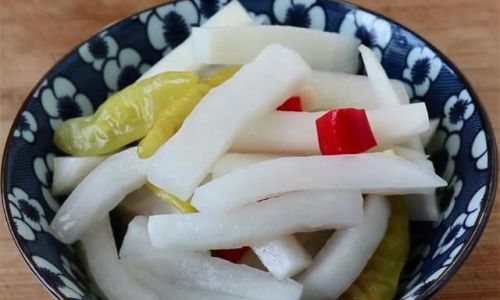
-
Add Aromatics: Add the peppercorns, coriander seeds, bay leaf, ginger, garlic, and chili peppers to the saucepan. Bring the mixture to a gentle simmer over medium heat. Allow it to simmer for about 5-10 minutes to allow the flavors to meld together.
-
Cool the Brine: Remove the saucepan from heat and let the brine cool to room temperature. It’s important not to pour hot brine over the daikon strips as it could cook them, resulting in a softer texture.
Pickling the Daikon Strips
Now that your brine is ready and your daikon strips are prepared, it’s time to combine them. Here’s how:
-
Pack the Jar: Start by sterilizing a glass jar with a tight-fitting lid. You can do this by washing it in hot, soapy water, rinsing it well, and then placing it in a preheated oven at 150°F (65°C) for about 10 minutes. Alternatively, you can use a dishwasher’s sanitize cycle. Once the jar is cool enough to handle, pack the daikon strips tightly into it. Packing them tightly helps to submerge them fully in the brine and also encourages the pickling process.
-
Pour in the Brine: Carefully pour the cooled brine over the daikon strips, ensuring that all the strips are fully submerged. If necessary, you can use a smaller, clean weight (like a small glass or a clean stone) to keep the strips submerged. Air exposure can cause mold or discoloration.
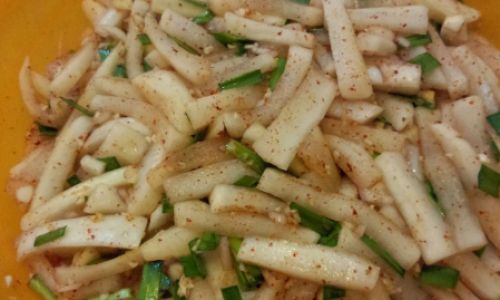
-
Seal and Store: Secure the lid tightly and label the jar with the date. Place the jar in a cool, dark place, such as a pantry or a basement. The ideal temperature for pickling is between 65-70°F (18-21°C). Colder temperatures will slow the pickling process, while warmer temperatures can cause the brine to become cloudy or promote unwanted bacteria growth.
Waiting for Perfection
The pickling process can take anywhere from a few days to a couple of weeks, depending on your preferred level of tanginess and texture. Generally, daikon radish strips will be ready to eat after about 3-5 days of pickling, but they can continue to develop flavor over time.
Throughout the pickling process, it’s important to check the jar occasionally for any signs of mold or discoloration. If you notice any off-odors or unusual growth, discard the pickles and start again with fresh ingredients. Properly pickled daikon should have a crisp texture and a tangy, slightly sweet flavor.
Serving and Enjoying Your Pickled Daikon Strips
Once your pickled daikon strips have reached your desired level of flavor and texture, it’s time to enjoy them. They can be served as a refreshing side dish, added to salads, or used as a topping for sandwiches and tacos. Their crisp texture and tangy flavor make them a versatile addition to many dishes.
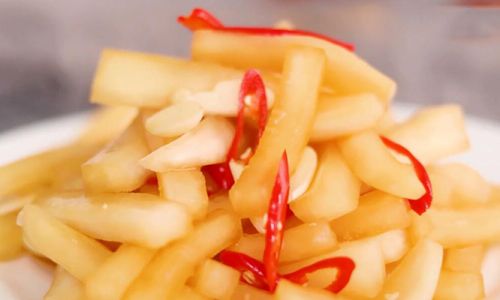
For an extra layer of flavor, you can experiment with different brine variations. Adding herbs like dill, thyme, or cilantro can infuse your pickles with new aromas and tastes. You can also incorporate other vegetables, such as carrots or cucumbers, into the jar for a mixed pickle experience.
Storage and Longevity
Properly pickled daikon strips can be stored in their brine in a sealed jar in the refrigerator for several months. The cold temperature will slow down the pickling process and help preserve the texture and flavor of your pickles. Just make sure to always use clean utensils when removing pickles from the jar to avoid introducing contaminants.
Conclusion
Pickling daikon radish strips is a rewarding culinary endeavor that combines the art of preservation with the joy of creating delicious, tangy snacks. By following these steps—selecting fresh daikon, preparing it properly, crafting a flavorful brine, and allowing it to pickle to perfection—you can enjoy crisp, tangy pickles that are as beautiful as they are delicious. Whether you’re preserving the harvest for the winter months or simply looking to add a new dimension of flavor to your meals, pickling daikon radish strips is a skill worth mastering. Happy pickling!

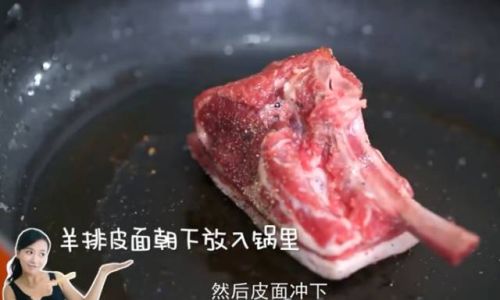
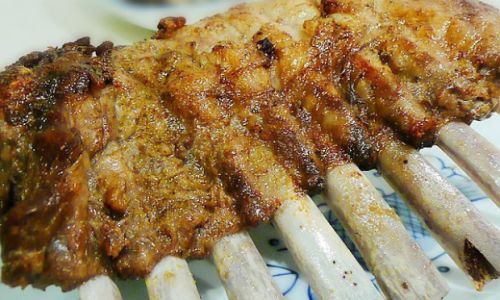
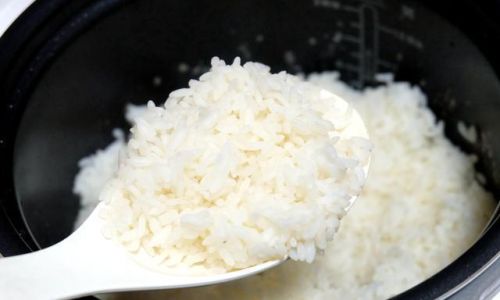
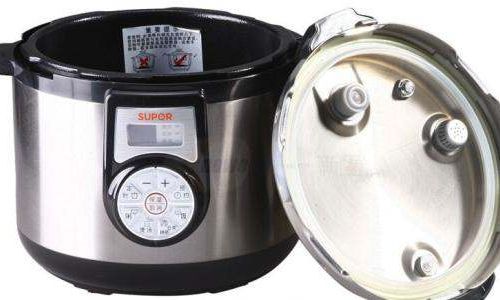
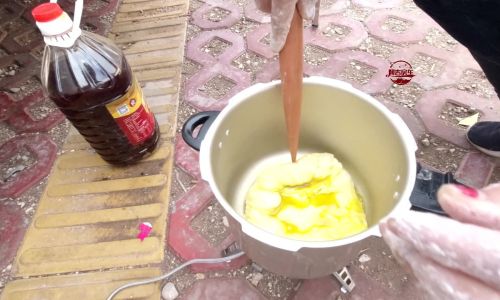
0 comments